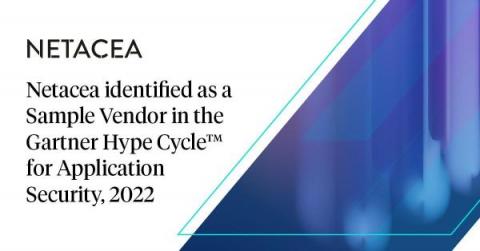Cybersecurity Sessions podcast: My favorite moments from the first ten episodes
Almost a year ago, I took on a new challenge: Start a podcast about cybersecurity – The Cybersecurity Sessions, hosted by Netacea co-founder and CPO Andy Still. To be honest it’s not always easy finding the time to record the podcast between Andy’s more business-critical duties, but it’s a task he’s looked forward to greatly each month since last November. That’s because, like me, Andy is always seeking out new perspectives and information.











